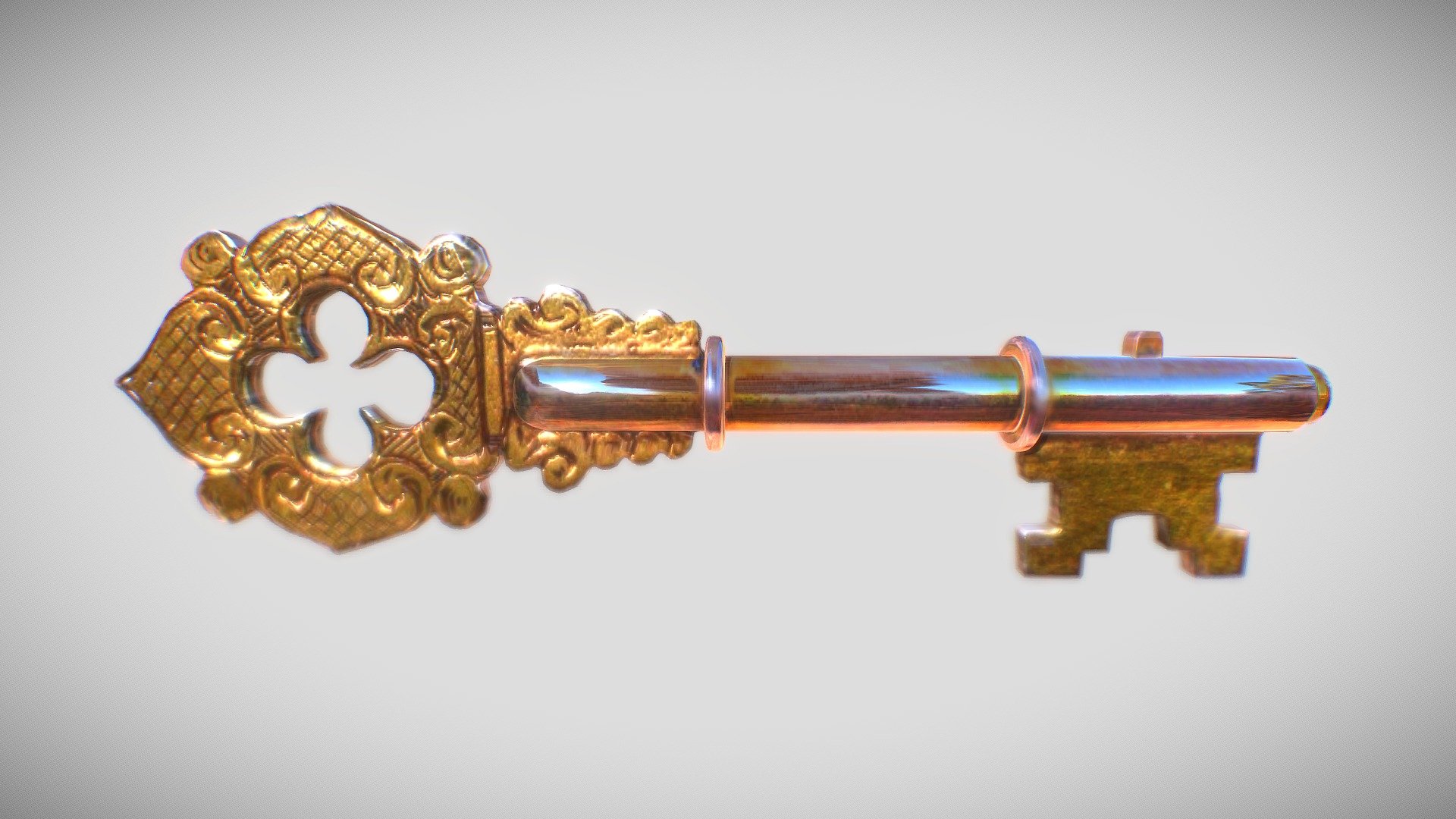

The third movement is the most metrically straightforward and the choreography matches effortlessly with the main motives, providing a slick characterization for the group’s suave leader. I illustrate how the choreography can confirm or contradict the waltz topic, portraying the sailor’s unassuming playfulness. I focus on the second variation, which while titled “Waltz” is not in a pure triple meter. The energetic first variation features the acrobatic, gregarious sailor, and the tension between choreographic and musical phrases depicts a man of vigor. Building on recent discussions by music theorists and dance scholars, my analysis aligns the dance steps alongside musical analysis to see how they inform each other, paying close attention to choreographic and musical accents. The placement and repetition of rhythmic and choreographic phrases distinguish the personalities of each sailor. I argue that the complementary metric and rhythmic choices create unique characterizations for each of the three sailors’ solo variations in the sixth movement. This paper presents a choreomusical analysis of the ballet exploring the intertwining relationships between music and dance. The ballet Fancy Free premiered at the Metropolitan Opera House in 1944, marking the beginning of the creative collaboration between composer Leonard Bernstein and choreographer Jerome Robbins. My analysis of the music in L’Age d’or and Le Sang d’un poète theorizes the audiovisual elements constituting surrealist sound film it also highlights the inherently surreal characteristics of the sound film medium itself, characteristics that most mainstream filmmakers would later try their hardest to erase. This brief but productive intersection between avant-garde cinematic and musical modernist practices at a critical juncture in France’s nascent sound film production influenced subsequent French cinematic experiments, particularly those of the Nouvelle Vague. Though their approaches to the soundtrack differed, both directors experimented with film rhythm and pacing, with contrasting synchronism and audiovisual counterpoint, and with violating expectations of audiovisual unity. Buñuel incorporated preexisting classical works-by composers including Mozart, Beethoven, and Wagner-into L’Age d’or and juxtaposed them with absurd, even offensive, images. For Le Sang d’un poète composer Georges Auric wrote a score that Cocteau proceeded to cut up and reorder, an experiment in “accidental synchronization” and a means of avoiding explicit musical signification. These controversial films deliberately avoided realism, employing music as a tool for audiovisual juxtaposition, pastiche, and shock value. I examine two of France’s first sound films-Luis Buñuel’s L’Age d’or (1930) and Jean Cocteau’s Le Sang d’un poète (1930)-both of which favored an audiovisual aesthetic relying heavily on surrealist principles. I argue that music became a crucial tool in early conceptions of surrealist audiovisual cinema, when sound film’s potential energy was at its height.

But the new technology also offered an opportunity for composers and directors to renegotiate music’s role in surrealist film.

With the heightened realism of synchronized dialogue and the presence of a recorded musical soundtrack, music’s role in the new audiovisual form threatened to destabilize the dream logic that surrealist filmmakers had established in silent cinema. The anti-musical stance of many Surrealists (particularly André Breton), who believed that the abstract nature of music violated surrealism’s philosophical, literary, and aesthetic principles, made the very concept of surrealist sound film problematic. Surrealist cinema flourished in France in the late 1920s, but following the widespread adoption of synchronized sound in Europe in 1929, its future was uncertain.


 0 kommentar(er)
0 kommentar(er)
